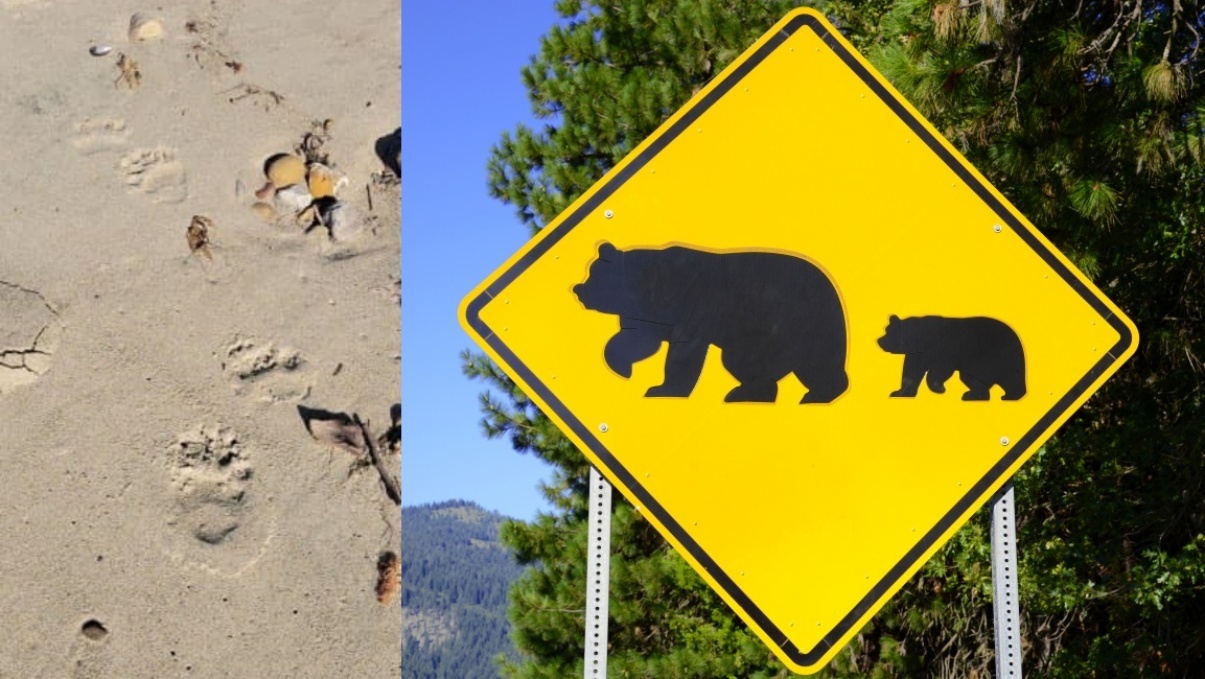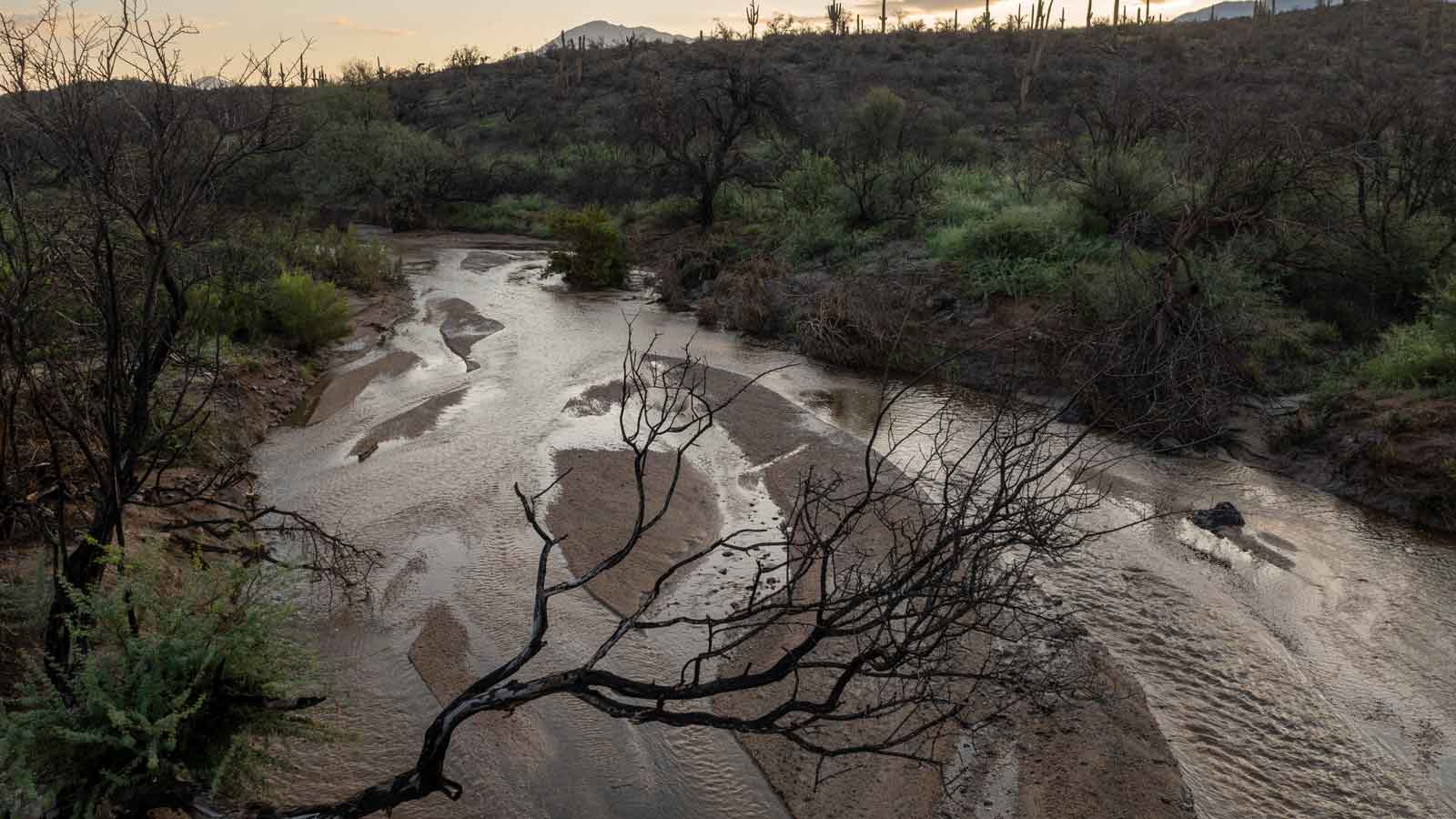Long-time residents of a Burbank neighborhood are used to seeing wildlife in the foothill community near the Verdugo Mountains.
It appears some of the animals have become highly accustomed to people, too.
"I went into the kitchen to put something in the kitchen. I turn around and the bear is right there," said resident Diana Rios. "All I could do, I froze and I slowly backed up and closed the door. But that’s too close for comfort."
Get top local stories in San Diego delivered to you every morning. >Sign up for NBC San Diego's News Headlines newsletter.
The bear was staring at her through a glass patio door that was slightly ajar, Rios said. The unsettling recent encounter with a black bear was just one of what residents describe as unusually bold behavior over the past few weeks.
Residents have reported bears rifling through trash cans, visiting yards and patios, and roaming the streets in the Country Club Drive area. The neighborhood bumps up against Angeles National Forest, one of many in the urbanized natural landscape of Southern California, and is flanked by the 210 and 5 freeways.
Videos taken over the past six weeks show three of the more frequent visitors -- a mom and her two cubs, and another adult bear with an ear tag.
Residents met this week with representatives from the California Department of Fish and Wildlife. An agency representative said black bears generally avoid humans. If they get too close, an air horn will likely drive them away.
Black bear attacks on humans, like the fatal encounter earlier this month at an Arizona campsite, are extremely rare.
"I don’t think we are likely to be, from what she is saying about bear behavior, its highly unlikely that they will come after us," said resident Barbara Peters.
The wildlife agency typically doesn't relocate bears because they tend to travel back to their original territory, even when they're transported hundreds of miles away.
Black bears, which can have different color coats, like to feed on plants, insects, nuts, berries and whatever else they think of as edible -- such as the contents of trash bins. If food is scarce in their natural habitat, bears are likely to forage elsewhere, bringing them into Southern California foothill neighborhoods.
California's black bear population has been on the rise over the last two decades, growing from an estimated 10,000 to 15,000 in the early 1980s to between 25,000 and 30,000 -- and that's a conservative estimate, according to the state department of fish and wildlife.
Black bears, recognized by their small, narrow heads and small ears, have coats that range in color from tan or brown to black. Females grow up to about 200 pounds and males can be a hefty 350 pounds with some giants weighing in at more than 600 pounds
About half of the state's bear population can be found in the Sierra Nevada Mountains and areas to the north and west. Only an estimated 10 percent of the black bear population inhabits central western and southwestern California.
Although its on the state flag, the fearsome grizzly bear no longer can be found in the California wild. The last grizzly bear observed in California was shot in the early 1920s.



